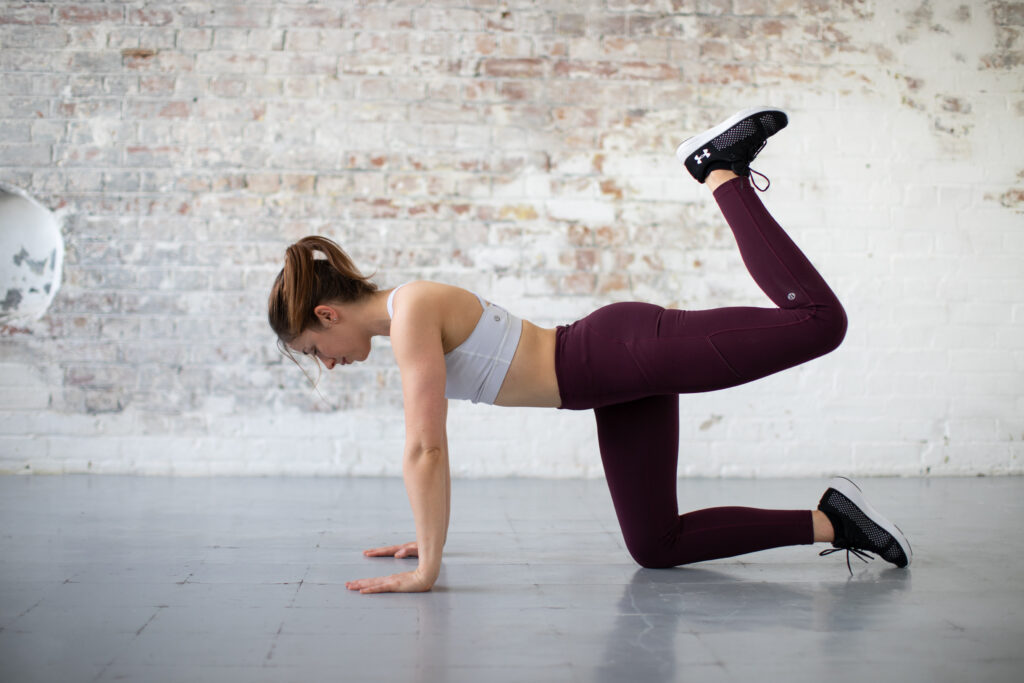The real truth behind exercise
Exercise nowadays is a constant bone of contention for all of us, not just for the fitness industry. How much should we be doing? What is the holy grail of exercise? To lift weights or not to lift weights? On social media the fitness industry is rife with “POVs” (point of views) on which exercise is “the” exercise you “have” to do, and fitness influencers trying to inspire us to be like them and follow strict exercise plans. However, a lot of the suggestions out there are either fiction, not fact, and also not sustainable so quite pointless to be honest. So what is the truth behind exercise? And what should we be doing?
A brief history of exercise
Believe it or not, it turns out that we haven’t evolved much over the last 50,000 years. It turns out that we’re still designed to live a lot like our early hunter-gatherer ancestors. Our biology and physiology evolved to cope with the environment we were exposed to at that time. To survive, daily physical exertion was required to hunt, gather, dig, carry, climb and escape from predators. We also, it turns out, used to dance a fair bit.
It’s also worth noting that we didn’t do all this activity to the extreme. We would vary these activities. It’s been suggested that we would hunt for one to four non consecutive days, and have intermittent days for other activities such as preparing food or simply resting.

Our bodies are still designed to function like this. Ie. regular, varied physical activity with a purpose (mostly survival). However, our modern environment has evolved much faster than our DNA, and so we no longer use our bodies in the way they’re supposed to be used. It is thought that this mismatch between our genes and the environment is resulting in needless modern day diseases. If we don’t use our muscles regularly they become smaller because they assume you don’t need them. Unfortunately we technically do still need them to be able to do normal daily activities, such as get out of a chair and walk upstairs. The same goes for our brains, hearts, lungs and joints. An analogy for this is a car battery. If a car is parked for weeks without being used, the battery goes flat because it’s not being used for the job for which it’s designed. The car then can’t start. If it’s used regularly, the battery recharges each time and can go on for years. Research has shown us that no matter how old we are, if we keep using our bodies regularly we can reduce and prevent common modern day illness and disease.
Now you might be thinking that one reason for more illness and disease is because we live for longer than we would have in the “old days”. However, let’s consider blue zones. These are zones considered places where the inhabitants live for a very long time and with good health compared to the rest of the world. (If you haven’t watched the show on Netflix or read about blue zones with Dan Buettner, I highly recommend you do). What these places had in common, was that the inhabitants were physically active on a daily basis as part of their normal daily life. For example, they would walk up a hill twice per day to go to church. Or walk to the bottom of the garden to dig and collect the vegetables that they had grown. It mimics the way we lived before and so their bodies love it.

However, this is all well and good but a lot of us live in an environment where survival nowadays is coping with a job to be able to pay a mortgage or rent (a job that nowadays is usually desk based), replying to multiple emails, navigating around social media without feeling crap about yourself, and taking the weekends and vacations off to try to have a work/life balance. When is there time to climb a hill a couple of times per day, grow and cultivate your own veg or go foraging for fruit? There isn’t time to be frank, nor is there a need to anymore. With supermarkets, cars, online shopping and technology, why would we? Hence the use and need of formal exercise as a solution.
So…what now?
Well firstly, we need to practice some acceptance. Unless you decide to go and live in one of the blue zones, we have to accept that we need to adapt our current habits to have a better balance between our biological needs and the environment. Also, remember that even early humans would try to conserve their energy and minimise physical activity so they could use this energy for reproduction. Hence why we have evolved so fast environmentally. We learnt how to access food more easily and we no longer have to worry about sabre toothed tigers surprising us on a walk, therefore the need to move isn’t really there anymore. So if you’re someone who does not like to exercise, don’t worry it’s quite normal.

In order to give our bodies what they need, we can try to recreate the activities we are designed to do. For general health and well being, below are some suggestions. (If you’re someone doing specific training for sports or high level exercise, you will have to do more for the training effect however remember the principle of varied training and recovery time still applies to prevent injury.)
Foraging/hunting
This would require long periods of walking, perhaps for even 4-6 hours per day. The current guidelines for daily exercise is 30 minutes of moderate activity every day. This is an activity that makes you breathe a bit more heavily, but where you can still hold a conversation. Technically 30 minutes per day is not quite hitting the requirement, however, we know that this is still much better than nothing and still has it’s benefits. It’s a good place to start at the very least! The even better news is that you don’t have to get the 30 minutes done in one go. You can break it up into little movement “snacks” throughout the day.
Examples:
Get off of the tube or bus a stop or two earlier on your commute which can easily become a habit.
Consider the time you give to scrolling through social media. Could these minutes be given to a bit of movement instead?
Escaping predators
High intensity or interval training once or twice per week can be a good way to replicate this. (I hope that you will only ever have to recreate this and not experience the old fashioned version.) The exact amount of interval training required hasn’t got enough evidence behind it to give you exact figures, but even 3 sets x 30 seconds of intense activity (with a 30-60 second break between sets) once or twice per week is helpful. This kind of activity should make you breathe more heavily and where you can say a sentence without stopping but not a full paragraph.
Examples:
Star jumps whilst waiting for the kettle to boil, interval sprints during your 5k run, or standing up from sitting down on the sofa or desk chair as fast as you can.
Climbing, digging, carrying
This is where the recommendation for strength training becomes relevant. You don’t need to join a gym to do this, body weight or using resistance bands can be very effective. Ideally, it seems to be that twice per week of this works well for our overall health.
Examples:
Twice per week strength training (even 10 minutes is going to be helpful) in a gym or at an exercise class.
Set exercises at home such as push ups (including on the wall), squats, lunges, and arm dips on a chair.
Or make it part of daily activities. If you’re doing the laundry and you have stairs, bring down just a few items at a time to make you climb up and down the stairs multiple times. Or once or twice per week, when you do a smaller shop at the local store, walk and carry the shopping bags back.
Dancing
This is a fun and effective way to use our bodies. You can do it on your own at home with a favourite tune or join a local class.
Examples:
…. well, dancing.
Now remember, even though our bodies are designed to move often, if you haven’t done it for a while, ease yourself back into it. As a physio, I see people who either don’t do enough activity, or suddenly do a lot of activity. Moderation and variety of activity is key to avoid overload injuries. Gradually increase the number of push ups you do, or the amount you carry in your shopping bags. Whether with formal exercise or daily activity, to achieve the benefits from it, the activity or exercise needs to be tiring and difficult, but not that it causes pain or weird sensations. You’ll tend to know the difference between “normal, good” pain from use of your muscles, and “bad” pain.
If in doubt, you can get in touch for a bespoke programme or contact your local health professional for advice. As long as you can make your activity consistent you’ll see improvements in your health and fitness. So make it a little of an inconvenience as possible, and perhaps set a purpose or goal for it to keep you motivated.
